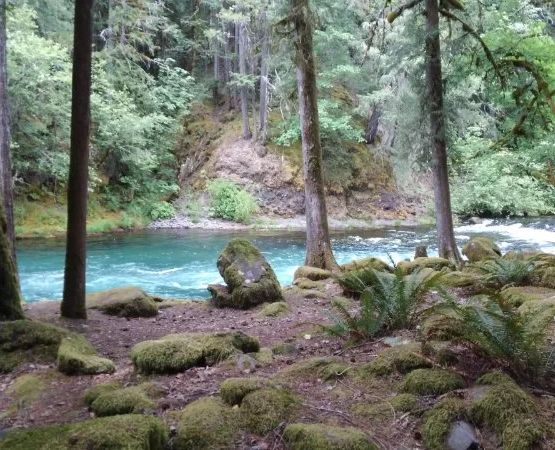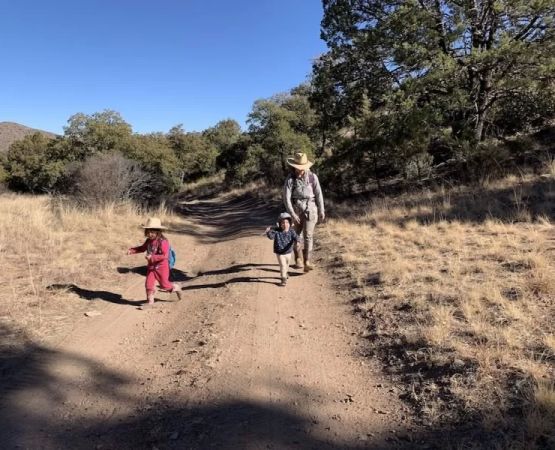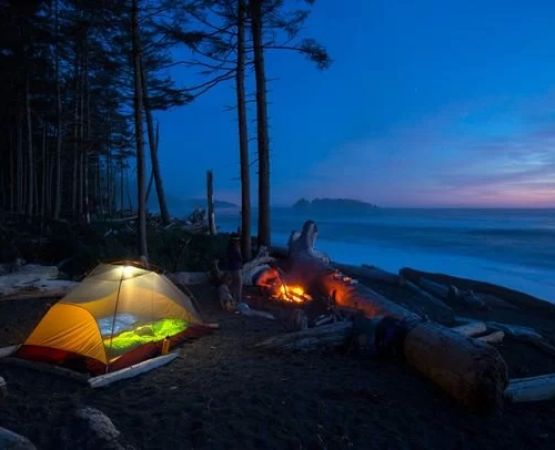- 1 - Importance of Essential Gear for Winter Hiking with Trekking Poles
- 2 - Clothing and Layering for Cold Weather Conditions
- 3 - The Role of Trekking Poles in Winter Hiking Safety
- 4 - Safety Tools and Navigation Essentials
- 5 - Real Stories from Hikers in Winter Adventures
- 6 - Choosing Reliable Gear and Trusted Partners
- 7 - Why Winter Hiking Remains a Unique Outdoor Experience
Importance of Essential Gear for Winter Hiking with Trekking Poles
Winter hiking can be both breathtaking and challenging. Having the right gear ensures not only comfort but also survival in harsh conditions. The foundation of preparation lies in choosing the essential gear for winter hiking with trekking poles. Trekking poles enhance balance on icy terrain, while other equipment such as insulated boots and thermal clothing provide the protection needed to fully embrace cold-weather adventures.
Clothing and Layering for Cold Weather Conditions
Layering is a proven method to stay warm without overheating. A moisture-wicking base layer keeps sweat off the skin, while an insulating mid-layer such as fleece retains heat. A waterproof outer shell protects against snow and wind. Combined with insulated gloves, thermal socks, and a quality hat, hikers can enjoy comfort even in sub-zero conditions. Neglecting proper clothing is one of the most common mistakes beginners make, often leading to hypothermia risks.
The Role of Trekking Poles in Winter Hiking Safety
Trekking poles are more than an accessory—they are a critical part of winter hiking gear. They help distribute weight evenly, reduce strain on knees, and provide stability on slippery trails. Adjustable poles with snow baskets prevent poles from sinking too deep into powder, making them particularly valuable on unbroken paths. Experienced hikers often credit trekking poles as the difference between a safe descent and a dangerous slip in icy conditions.
Safety Tools and Navigation Essentials
Carrying reliable safety tools is vital in winter environments where conditions can change rapidly. A headlamp with extra batteries ensures visibility during short daylight hours. GPS devices and maps provide navigation support when trails are hidden under snow. Other essential gear includes crampons for icy paths, an emergency blanket, and a compact first-aid kit. Preparedness minimizes risks and ensures confidence while exploring challenging terrain.
Real Stories from Hikers in Winter Adventures
One Canadian hiker shared how his trekking poles saved him from a dangerous fall while descending a steep, icy slope in the Rockies. Another recounts a moment when her layered clothing allowed her to withstand sudden blizzard conditions in the Alps. These real stories highlight how crucial essential gear for winter hiking with trekking poles becomes when unexpected challenges arise. It is often these real-life experiences that emphasize the need for preparedness beyond theory.
Choosing Reliable Gear and Trusted Partners
Quality gear is an investment in safety and enjoyment. Not all products deliver the same durability or warmth, which is why selecting trusted sources is key. At Pine Cliff Resort, hikers can find curated recommendations for outdoor gear and services that ensure readiness for winter trails. With the right partners, hikers eliminate guesswork and focus on the beauty of the adventure itself.
Why Winter Hiking Remains a Unique Outdoor Experience
Unlike summer trails filled with crowds, winter hiking offers serene landscapes and a profound sense of solitude. The crunch of snow under boots, the quiet forests, and the stunning clarity of mountain air all create an atmosphere unmatched by any other season. For those who embrace the challenge with proper preparation, winter hiking transforms into an unforgettable journey. By equipping yourself with essential gear for winter hiking with trekking poles, you can experience both the thrill and tranquility that only winter adventures provide.






